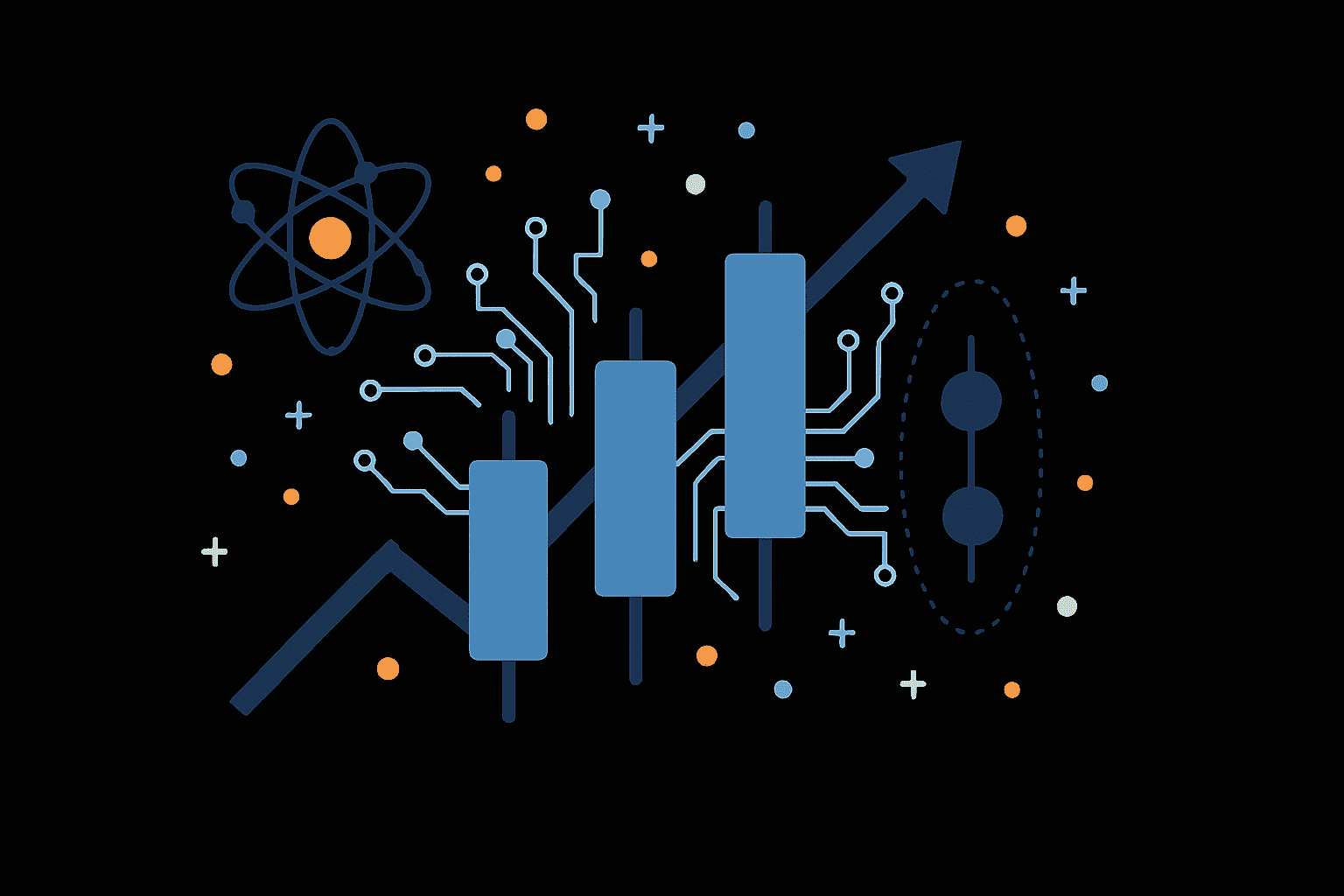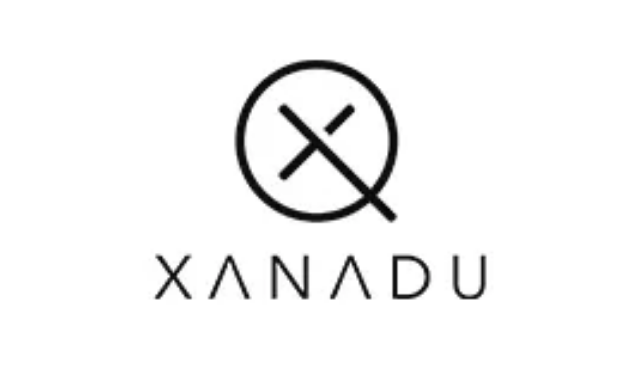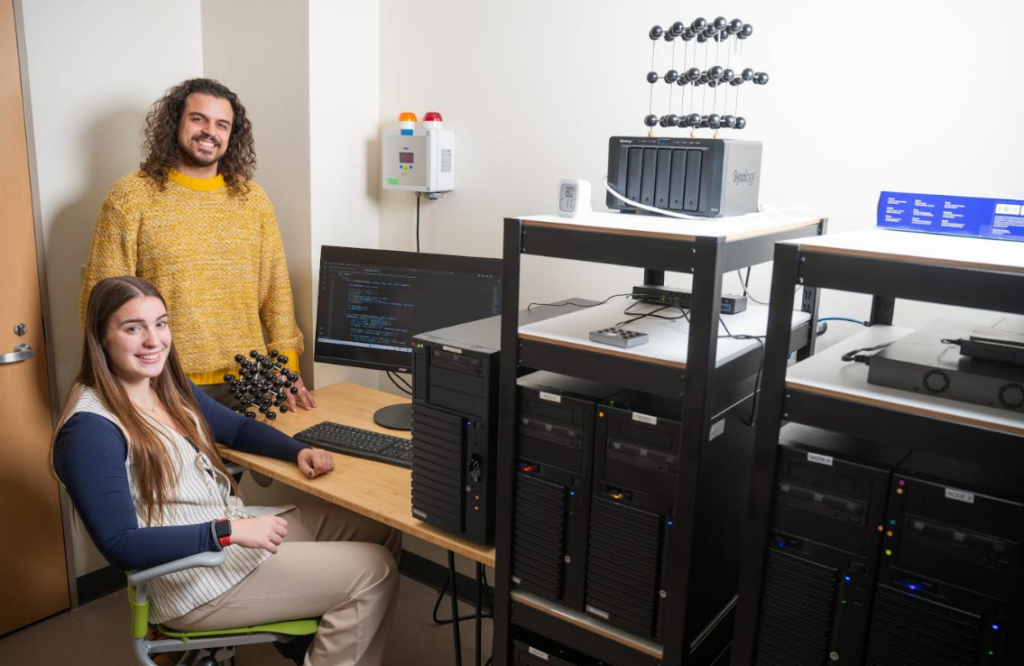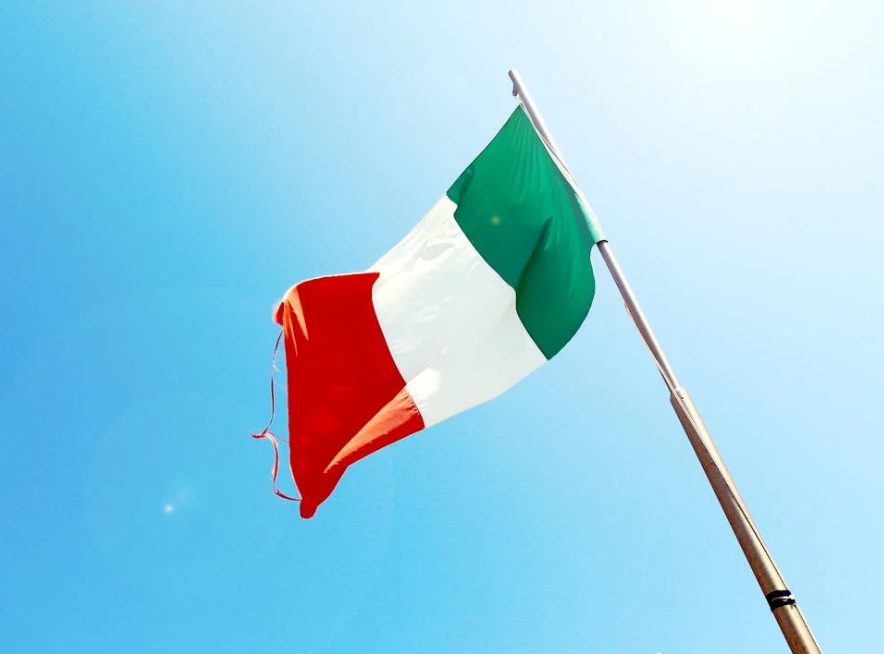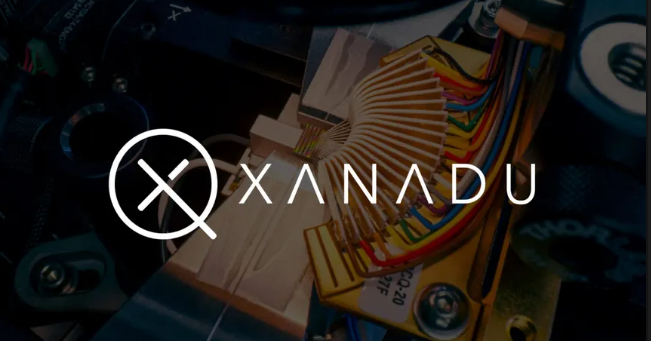Insider Brief
- Researchers demonstrated that quantum strategies can outperform classical ones in trading scenarios by experimentally verifying quantum game theory on a real quantum computer.
- By entangling qubits and using a quantum logic gate as a referee, players achieved higher payoffs in games like Prisoner’s Dilemma and Chicken without direct communication.
- The study implemented these models on an ion-trap quantum processor, showing quantum advantage persists even in multi-player setups involving up to six traders.
A new study has shown that quantum computing can offer traders a measurable advantage, outperforming classical strategies in game-like trading scenarios and achieving higher payoffs in market simulations run on a working quantum machine.
In a new study published in Quantum Economics and Finance, scientists from North Carolina State University, Duke University, the University of Maryland, and startup Taqtics demonstrated that quantum game theory can deliver what classical models often struggle to do — better outcomes in strategic situations that resemble real-world trading. The team built quantum versions of famous games like the Prisoner’s Dilemma and Chicken and played them on an ion-trap quantum computer.
The researchers say that the results lend evidence to a long-held theory: quantum strategies can beat classical ones in scenarios where cooperation and conflict collide.

Quantum Referee
The advantage comes from the use of entangled quantum bits—qubits—coordinated by what the researchers call a “quantum referee.” Instead of players making independent decisions, as in classical game theory, the quantum version introduces strategic correlations that cannot be achieved with traditional randomness. These correlations led to higher payoffs, including experimental proof of a quantum advantage in market-inspired scenarios.
“The traders/players heed the advice of a quantum referee even when it is provided probabilistically and realize a better paying Nash equilibrium,” the researchers write.
Classic Games, Quantum Tactics
The researchers began by mapping trading strategies — such as buying low and selling high (“going long”), or betting on a fall in price (“going short”) — onto simple two-player games. In the classical Prisoner’s Dilemma, for example, two players each choose whether to cooperate or defect. The rational choice in a classical setup is for both to defect, even though both would earn more by cooperating.
In trading, this is akin to two hedge funds both deciding to short a stock, driving its price down and hurting long-term returns.
“Shorting, however, comes with significant risk,” the researchers write. “If both traders decide to play Short, their profits are limited to 1 each due to the heightened risk of a short squeeze—a situation where rising market prices force short sellers to cover their positions, driving prices even higher. However, when these rational choices are played out, the resulting Nash equilibrium is exactly (Short, Short) where each trader only gets a payoff of 1.”
As background, in classical game theory, the Nash equilibrium is a stable state where no player can improve their outcome by acting alone. But it’s not always the best result.
Here’s where the quantum twist comes in, according to the team.
Inspired by earlier work on quantum games, including a 1999 model known as the Eisert–Wilkens–Lewenstein (EWL) protocol, the team replaced coin tosses with entangled qubits. The EWL protocol uses a pair of entangled quantum bits to introduce a special kind of correlation between players. Instead of randomly picking between “long” or “short,” players manipulate qubits using unitary gates — mathematical operations that represent strategic moves.
The game begins by entangling the players’ qubits using a quantum logic gate, setting up a shared starting state. Each player then performs their chosen move on their qubit, and the entanglement is reversed using the opposite quantum gate. When measured, the result determines the players’ actions and payoffs. In essence, the quantum referee “advises” both players simultaneously, and the entanglement allows their choices to be better coordinated — without direct communication.
Let me read your mind: You think this all sounds uncomfortably like telepathy.
Well, it’s not. Another way to explain it is to think of two musicians who agree on a song and tempo, and then go into separate recording booths to record. They don’t hear each other while playing, but because of their shared preparation, which we could dub the entangled state, their performances end up in sync. So, no spooky communication — just a coordinated structure from the start.
Verified on a Real Quantum Machine
To test the concept, the team implemented the game on a linear ion-trap quantum processor built at the University of Maryland. The machine uses ytterbium ions trapped in a chain and manipulated with lasers to perform quantum logic operations. Each qubit starts in a known state and is then acted upon by a series of gates to simulate players’ decisions.
In one version of the game, the researchers fixed the strategies of all but one trader and allowed that trader to vary their quantum parameters. The outcome? Payoffs peaked when all traders used the recommended quantum strategy, demonstrating a Nash equilibrium in the quantum version of the game.
This result held even as the game expanded to include up to six players. The research team notes that as more players join, the number of required quantum gates grows, and gate errors increase. Yet the structure of the quantum strategy remains intact, pointing to its scalability.
Real-World Implications
The researchers point to markets like carbon trading — where cooperation and competition must be balanced — as potential real-world applications. In these “green markets,” classical strategies could lead to price volatility if players overuse shorting tactics. Quantum strategies, by contrast, may encourage more stable, cooperative behaviors.
One of the more surprising findings comes when only one trader uses a quantum strategy while the other sticks to classical moves. In that case, the quantum trader can earn a consistently higher payoff, while the classical trader may end up with zero. This creates a clear incentive for early adopters.
The study also nods to prior work in quantum economics, such as models where quantum entanglement is interpreted metaphorically as a kind of shared social or psychological contract between players, as mentioned. In their more technical interpretation, the authors suggest that “quantum entanglement” could arise from shared data fed by a network of quantum computers executing trades.
Limitations and Open Questions
Despite the encouraging results, the researchers acknowledge that the quantum advantage diminishes when players are allowed to use an unrestricted set of quantum strategies. In these broader scenarios, players can devise effective counter-strategies that cancel out the benefit. But the advantage returns when strategies are randomized — what the authors call “mixed quantum strategies.”
The study also does not attempt to simulate an actual financial market. The models are stylized, abstract versions of trading behavior designed to test the core idea that quantum correlations can change strategic outcomes.
It’s also responsible to add that current quantum hardware remains limited. Ion-trap computers can handle small numbers of qubits with high fidelity, but scaling to dozens or hundreds of players would require more robust platforms.
What’s Next
Future work will explore larger and more complex games, such as multi-player versions of Hawk-Dove, and how these might model real economic systems like banking or emissions trading. The team also plans to investigate how quantum strategies could shape evolutionary stable outcomes—situations where strategies persist even when new players enter.
“In future work, we aim to extend Hawk-Dove games to include additional players and explore more complex game-theoretic scenarios, including mixed quantum strategies,” the researchers write.
The study was led by Faisal Shah Khan of Taqtics and the University of North Carolina, in collaboration with physicists Norbert M. Linke and Anton Trong Than of the University of Maryland and Duke, and Dror Baron of North Carolina State University.

